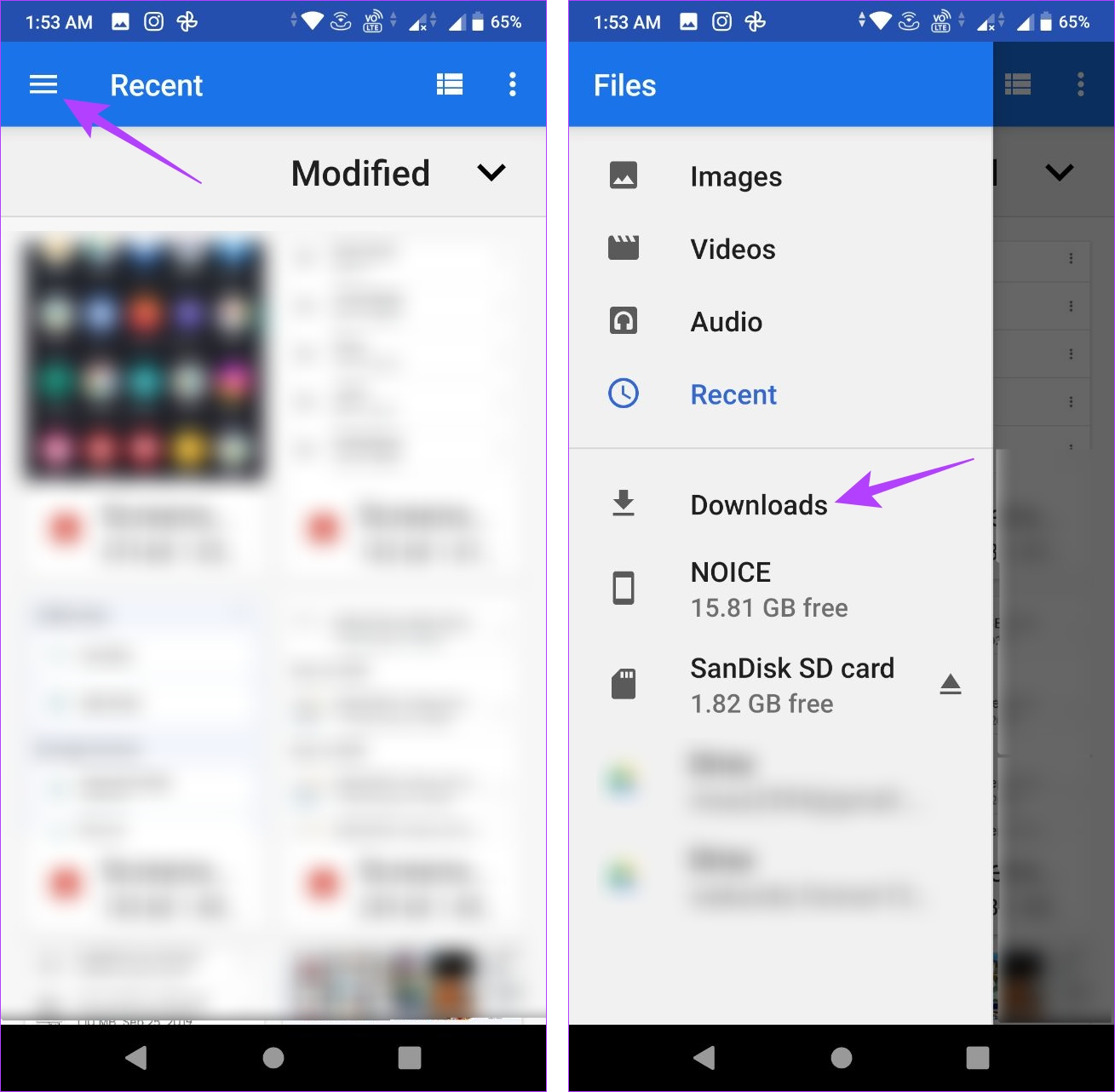Examine This Report on tablet pc phone android
Examine This Report on tablet pc phone android
Blog Article
Situating downloaded and install documents on your Android tool can be a obstacle. Effortlessly, your phone can swiftly come to be littered with pictures, videos, screenshots, and other data. To liberate space on your tool, it's necessary to track where your downloads are saved. In this manner, you can quickly identify and erase unnecessary documents.

This overview shows you just how to locate an essential data that went away and just how to organize your Downloads folder. Right here's just how to find downloads on your gadget, whether you make use of among the best Google Pixel phones or another Android mobile phone.
Locate your downloads with the default file manager
Each smartphone producer may provide a slightly various integrated Android application for documents monitoring, yet your experience needs to be comparable. If you have a Samsung phone, refer to our tutorial, which shows how to locate downloads on your Samsung Galaxy phone.
Comparable to operating systems like Windows, macOS, and iOS, Android has a Downloads folder for your files. Do the following to locate the downloads on your device:
1. Open the Data or My Files application from the home display or app cabinet.
2. Try to find a section called Downloads.
3. Touch it to watch the files you downloaded.
Make use of the Documents by Google app for your downloads
A number of Android documents supervisor apps on the Google Play Store enable you to situate your downloaded and install files. Data by Google is among the most effective alternatives if you don't wish to manage challenging UIs. It's additionally a good replacement for any kind of default file manager app preinstalled on your gadget.
4. Open up the Files application.
5. Select the Browse tab at the bottom.
6. Faucet Downloads.
7. downloads on your Android phone or tablet Select the Download tab to see the documents because folder.
Locate your downloads by hand
If you're unable to situate the Downloads folder on the primary web page of your data manager application, try accessing your phone's internal storage rather. Below's a detailed guide on exactly how to do it:
1. Open the Files application.
2. Select the Browse tab near the bottom.
3. Scroll down and most likely to Inner storage space.
4. Tap the Download and install folder.
Relocate your downloads to another location
Relocating files away from the Downloads folder is helpful for several factors, particularly for files containing exclusive or individual information. Putting these files into their folder maintains them safe and secure and makes it hard to remove them mistakenly. It additionally avoids them from obtaining hidden and combined with the other arbitrary data you download and install.
1. Open the Files app.
2. Navigate to your Download folder.
3. Tap the three-dot menu to the right of any file.
4. Choose the Move to option.
5. Tap Internal storage at the bottom.
6. Select any location or folder.
7. Tap Move here to transfer the file to that location.
Additionally, you can utilize the Copy to feature and transfer these files to a different location. This enables you to create numerous copies without deleting the original files from your Download folder.
View the exact location of your downloadsM/b >
You may want to see the location of the Download folder for various reasons from time to time. Tap the three-dot menu next to one of your downloaded files and go to File info. The/ storage/emulated/0/ Download path is the default for many modern Android devices. Some third-party web browsers might save files to a different folder, but this should be the location for most downloads.
Managing your downloads is easier than you think
The Files app by Google is an excellent choice for those who appreciate a straightforward file management solution. With its user-friendly interface and simple features, this app effectively categorizes your files into different types such as downloads, images, videos, and audio. Additionally, it provides the option to remove unnecessary files.
When it comes to organizing and cleaning, you can create extra storage room by mastering the removal of unnecessary WhatsApp media files. On select Android devices, you have the option to add an SD card if storage space remains limited.
Report this page